
English Edition Publishers & Distributors (India) Pvt. Ltd.

37 books

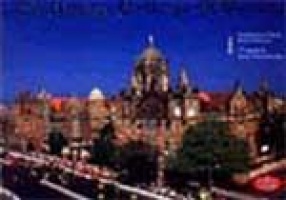

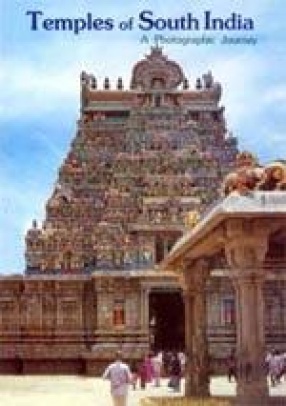
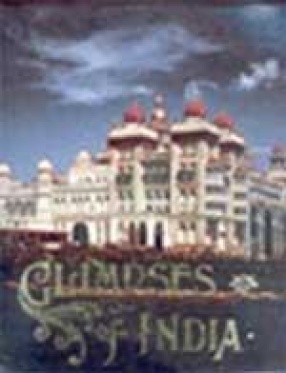
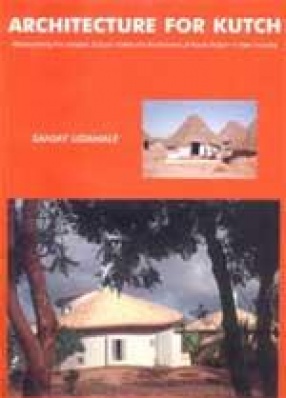
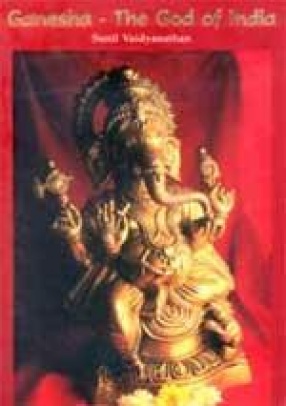
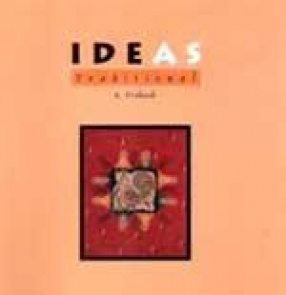
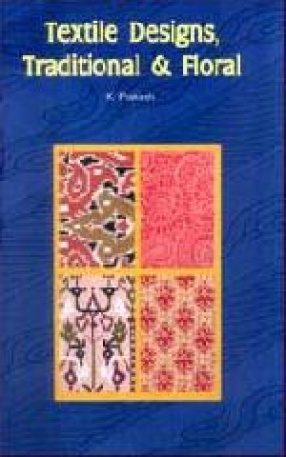
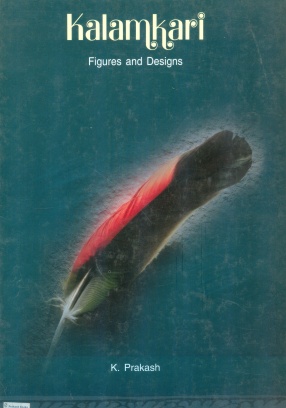
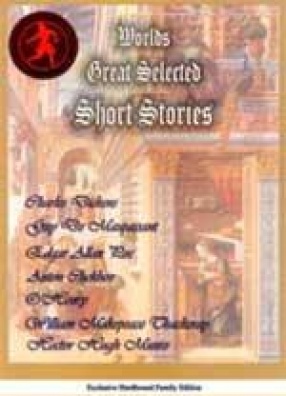
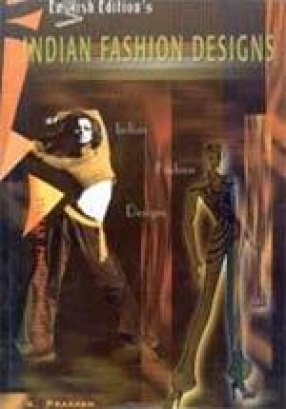
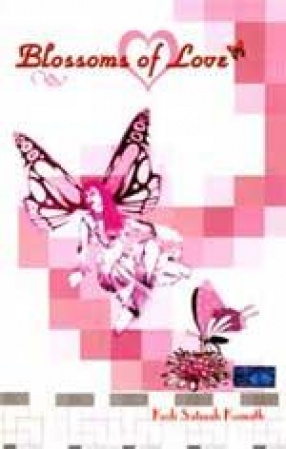

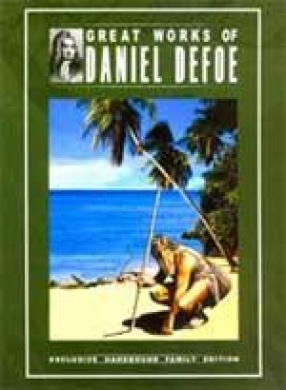


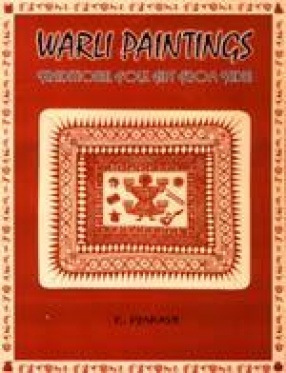
Art represents an artist's relationship with life and everything that is part of it - relation, ritual, livelihood, family, relationships, death..... It is in this context alone that the true essence of Warli paintings can be appreciated. The paintings are executed inside the hut. Walls are first smeared with cowdung. Red mud is then applied to provide the base texture. Pointed bamboo twigs and thin rice paste are used to draw ...


Here's a remarkable representation by two young enthusiasts of the city of Bombay, the sprawling urban quagmire milling with 17 million. The 200-Page book is a veritable visual delight, strewn as it is with photographs by Sunil Vaidyanathan that provide us a vivid insight into the splendour that has, alas, died with the name Bombay. The city was renamed 'Mumbai' by the previous Shiv-Sena-BJP government that ruled between 1994 and 1999. Indeed, this rechristening ...


This is a pictorial history of how an ancient cluster of islands that were sparsely inhabited by indigenous people of Dravidian stock became, through the centuries, the commercial hub of the world’s second most populous city. Bombay is now Mumbai and it has metamorphosed from a conglomeration of seven islands to a megapolis. If you glance through Sunil Vaidyanathan’s book “The Heritage Buildings of Bombay†Mumbai stares you in the face with its changing ...


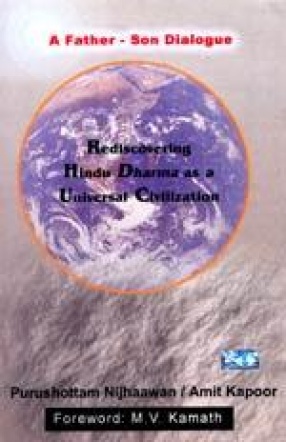
In the common perception, faith and reason or religion and science are mutually exclusive, if not actually contradictory. But it is also commonly felt that the greatest challenge before mankind is how to bring about a happy marriage between the two - both being part and parcel of man's eternal search for the truth. The inherent conflict between faith and reason is more actually felt in the Jewish-Christian-Islamic tradition of historical ...

This book presents two aspects of an architectural project. The study of lifestyle, culture, arts and architecture of Kutch - the colorful western region of India and the architectural design and planning of new housing evolved and built in South Kutch from the study and analysis of the region. It lavishly presents the entire project with more than 300 paintings, drawings and sketches. The new housing is an interesting reinterpretation of the climate living and ...

Ganesha is the most-loved god of India. He is a friendly god, who is much loved and venerated by the common man. Akin to the common man, he is a god with a sense of humour. He also has a sweet tooth and has a weakness for “Modakasâ€. He has chosen for this mount, the humble and ubiquitous rat. The common man has great faith in Ganesh. Whenever he is in trouble, he visits his temple and propitiates, in the hope that, Ganesha will relieve him of his distress. ...
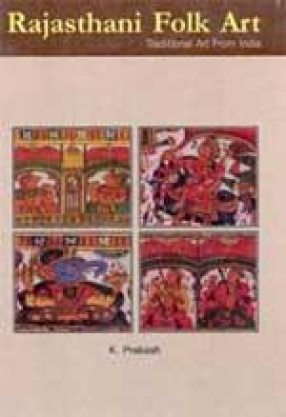
Till this date, the tradition of painted folk epics is as much alive in Rajasthan. The painters paint a series of events with context to the epic in a proper sequence on canvas, in a traditional style with local colors. They are sung by the ‘Bhopas’, wandering musicians who play at fairs and festivals to the accompaniment of the Janter, a two gourd instrument joined by a bamboo rod. These ‘Bhopas’ carry the ‘Phad’ from village to village for epic ...
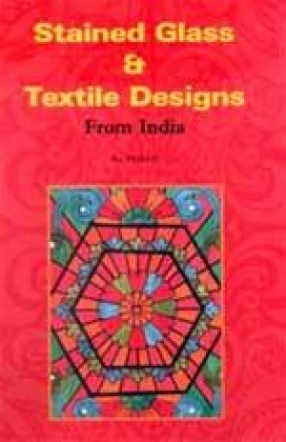






Romanticism and Philosophy (reflecting realism) are indeed two poles apart just as emotion and reason do, yet these Blossoms of Love vividly present a kaleidoscopic view of Romantic Philosophy at its intuitive and innovative best in all its contrasting shades and moods. These Blossoms of Love may serve as a perfect recipe not only for the momentary relief of youthful passion but also for the memorable flavour of lifelong love to be cherished and nourished in a ...
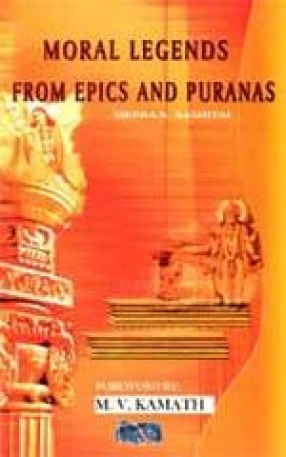
Our India is full of cultural heritage and literature. Our literature in Hinduism mainly consists of Vedas, the two great Epics viz. the Mahabharata and Ramayana and the Puranas. Almost every Hindu knows about them even though due to lack of time or other reasons, he has not been able to read all of them in minute detail.The Epics and the Puranas through these legends convey to us about the lives of the people of those times. They tell us about the kings, sages, ...


Daniel Defoe was born towards the summer of 1660 s the son of Alice and James Foe. His father was a City tradesman and member of the Butchers’ Company. James Foe’s stubborn Puritanism – the Foes were Dissenteres, Protestants who did not belong to the Anglican Church – come occasionally comes through Defoe’s writing. In the early 1680s Defoe was a commission merchant in Cornhill but went bankrupt in 1691. In 1684 he married Mary Tuffley; they had two ...

The author has taken on a topic of vital national interest. To his best belief, this is the first book which couples field research with application of management principles, to academic institutions. This will be of use to “power that be in educationâ€; as also, authorities that run educational empires – private ones particularly.
